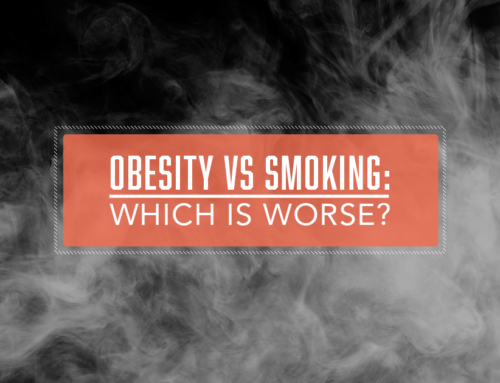The Federal Motor Carrier Safety Administration’s Medical Review Board has formally recommended that all drivers with a body mass index of 30 or greater be tested for sleep apnea. Sleep apnea occurs most often when throat muscles relax during sleep, which momentarily prevents oxygen from traveling to the lungs. The connection between BMI and sleep apnea is well-established, and the potential dangers that sleep apnea poses to over-the-road truckers is too serious to ignore.
It is possible for people to suffer symptoms of sleep apnea and be unaware that they are actually suffering from the condition. BMI is an objective measure whose high correlation to the condition of sleep apnea allows the FMCSA to identify truckers who at risk for sleep apnea.
Example: if you are a trucker who is 5 feet 10 inches tall and weigh 210 pounds, you would be considered obese and would have to be tested.
What is BMI?
BMI combines a person’s height and weight into a single score. According to the CDC (Centers for Disease Control and Prevention), an adult’s BMI can be calculated by dividing a person’s weight in pounds by inches squared and multiplying that number by 703. A BMI number of 30 indicates obesity, according to the BMI system. Calculate your BMI here.
BMI and Weight Loss Surgery
Truckers with a BMI over 30 may consider restrictive weight loss surgery as a noninvasive way to lower their BMI and health complications associated with a high BMI, which range far beyond sleep apnea. Obesity is recognized by the World Health Organization as a disease that is the principle cause of the following diseases:
- Type II diabetes
- Coronary disease
- Stroke
- Gallbladder disease
- Predisposes to various types of cancer: kidney, prostate, colon, breast
A BMI > 30 poses the following risks:
At a BMI > 40 poses even more serious threat to health and longevity, for example, 25-35 year old males have 12x the mortality of normal weight men
- Mahendra Narwaria MS, FICS, Asian Institute of Gastroenterology Surgery
- Daniel R. Cottam M.D. Surgical Weight Loss Centre of Utah
- Sunil Sharma, M.D University of Florida
- Juan Lopez Corvala M.D. Hospital Angeles Tijuana Weight Loss Surgery Center of Mexico (the only surgeon in Mexico trained on the EndoFlip, a device used to properly size the ‘sleeve’ to avoid reflux complication while ensuring restriction that will lead to weight loss. Gastroenterologist surgeon Dr. Lopez Corvala has performed more plications than any surgeon (>50).
To learn more about gastric sleeve plication, attend the free About Gastric Sleeve Plication webinar sponsored by the bariatric surgical team of Hospital Angeles Tijuana.






